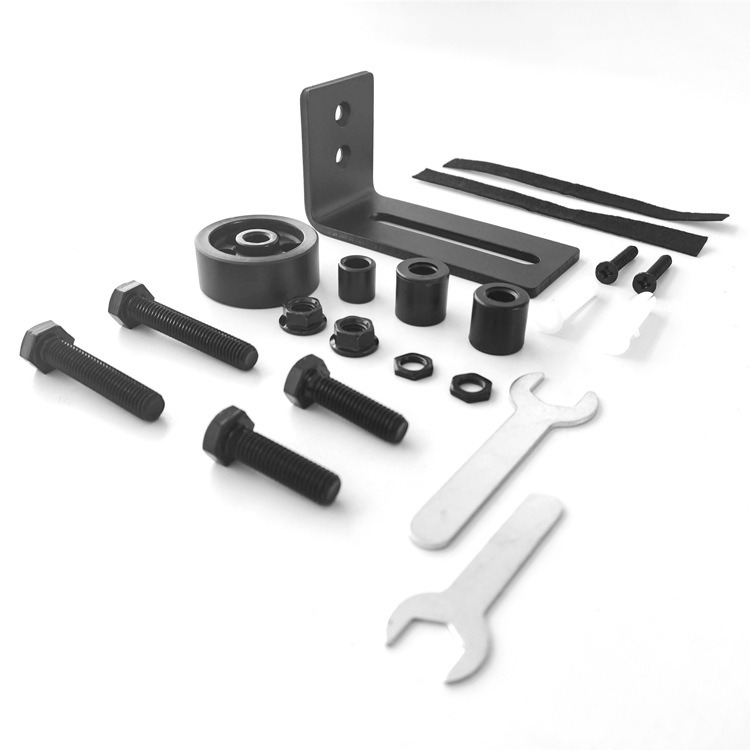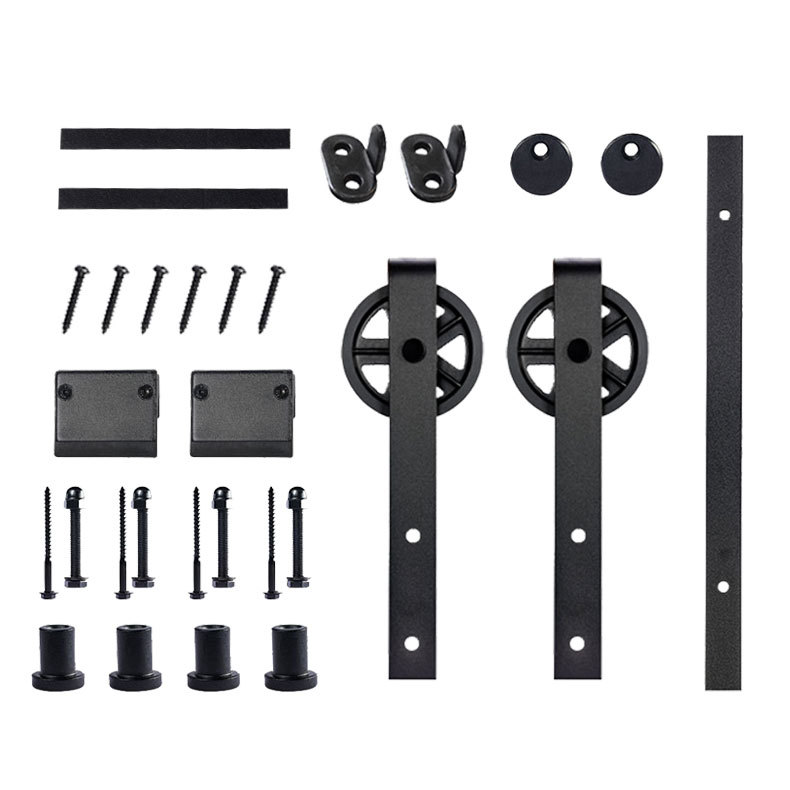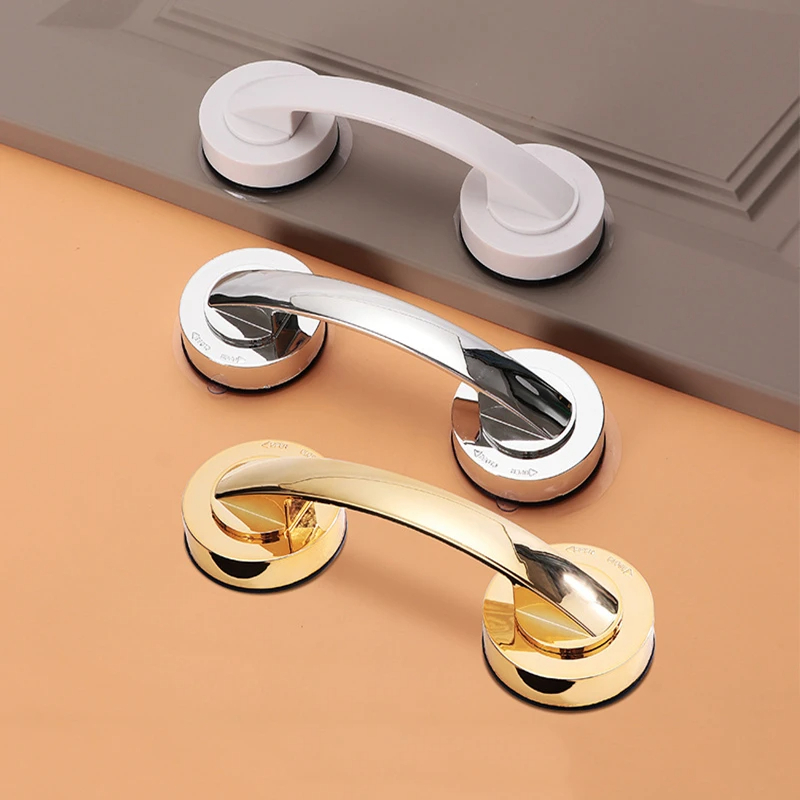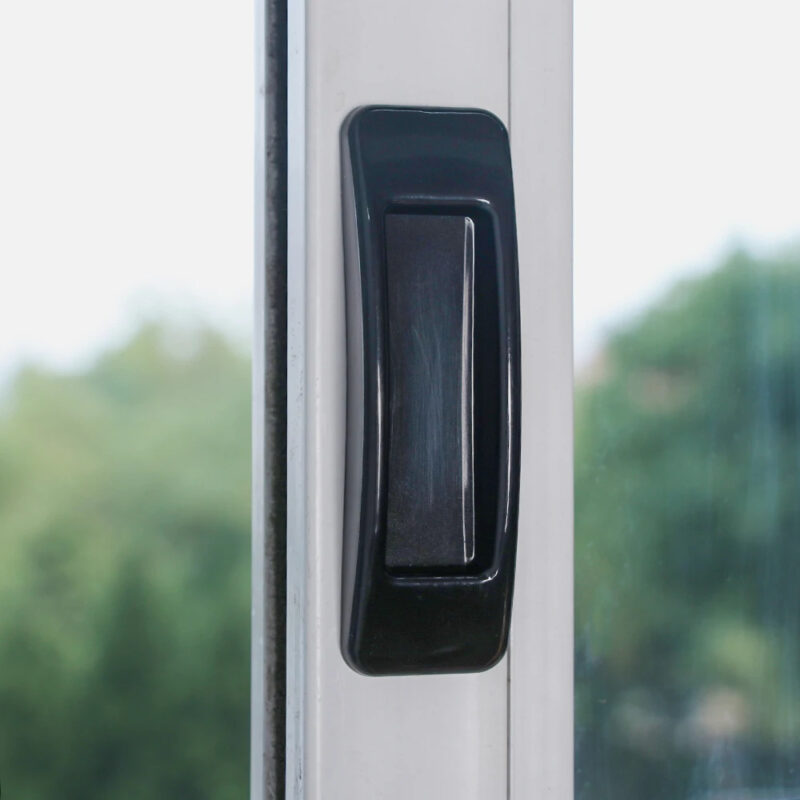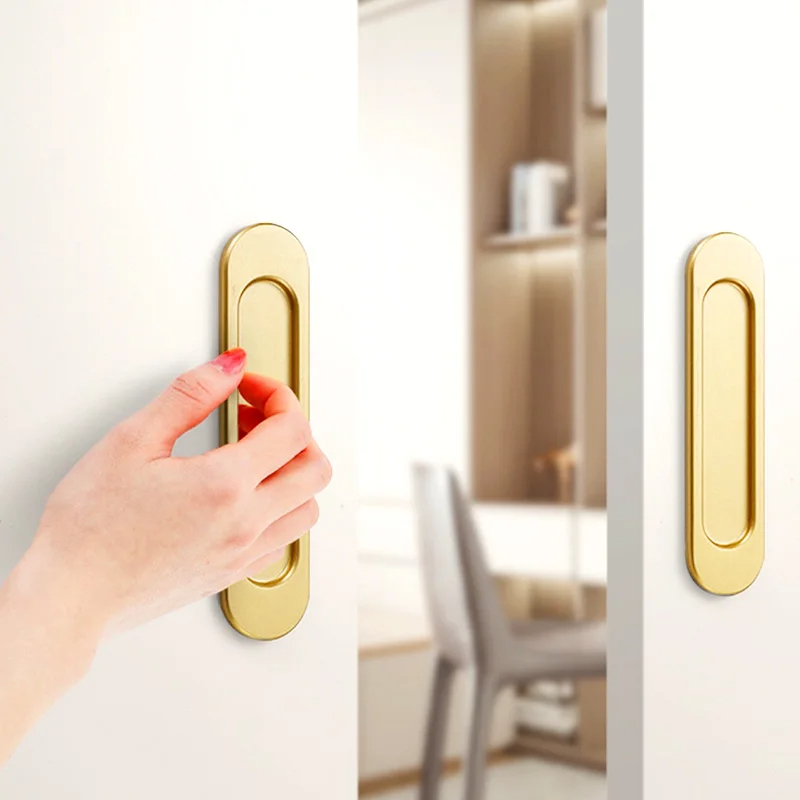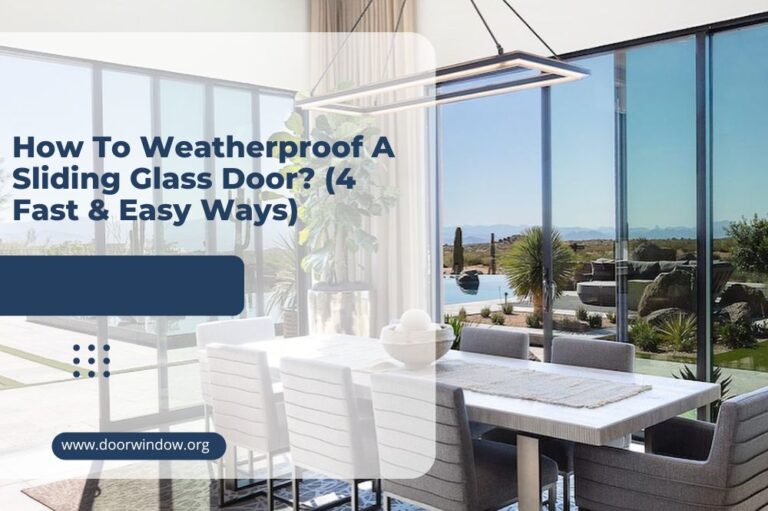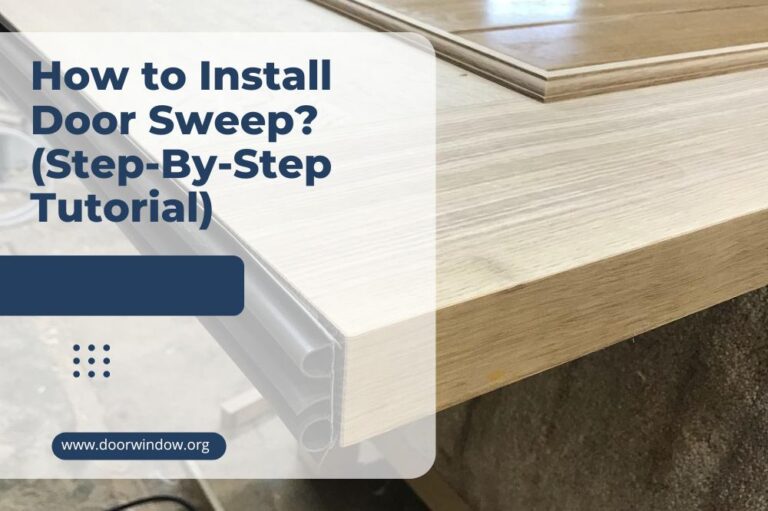How Many Curtain Panels For A Sliding Glass Door? (Informative Guide)

Are you thinking of swapping your blinds for curtain panels? Then you’re probably wondering how many curtain panels for a sliding glass door you need.
Not only will I answer your question, but I’ll also help you with the measurements – and assist you in choosing the best style for your home.
Let’s start!
Sliding Glass Door Curtains: How Many Do You Need?
If your sliding door measures 60 to 72 inches wide, you will need at least two curtain panels to cover it.
That’s because single curtain rods that measure 60 inches (or more) are fitted with a supporting center post. Since a drapery panel won’t be able to cover this entire area, you will need another curtain for the other side.
That said, you can also opt to use four curtains. This allows you to overlap the panels for a layered look – and block sunlight more effectively. The only caveat here is you’ll need to move several curtains whenever you go through the door.
If you want to use just one curtain, you can do so as long as you install a traverse rod. Compared to the traditional design, it has clips that run along a track.
Since it doesn’t have a central post, you only need fewer traverse curtains to cover the entire width of your door.
Apart from this benefit, traverse curtain rods:
- Are ideal for widths longer than 36 inches, which is often the case with sliding glass doors
- Easier to open because you only have to manipulate the cord
- Prevents curtain wear and tear since you don’t have to hold on to them when opening/closing them
- Perfect for layering (no need to stack two curtain rods)
As for wider sliding doors measuring 96 inches or more, you will need to use at least three panels to achieve regular fullness. However, you can also use four to create a fuller look.
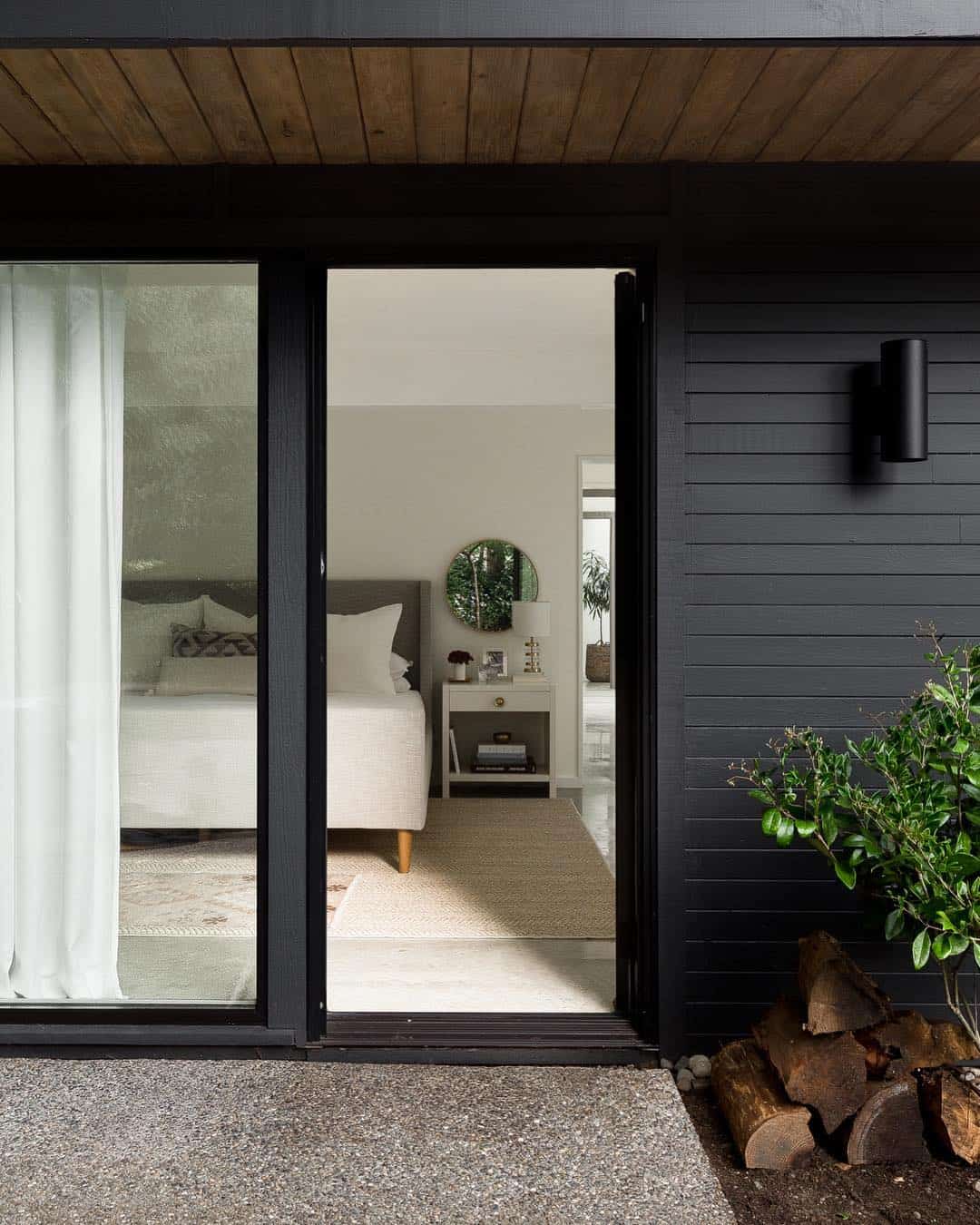
Curtain Panel Sizes
Although you already know how many panels you need for your sliding door, you still need to be mindful of the available sizes in the store.
For one, they come in various lengths, such as:
- 63 inches
- 84 inches (ideal for traditional sliding doors)
- 108 inches
- 120 inches
The available widths, on the other hand, can range anywhere from 36 inches to 108 inches.
As such, you need to read the label – lest you want to go back to the store and return the panels.
How to Measure a Glass Sliding Door For Your Curtains
While the general rule of thumb is two (to four) curtain panels for a 60-inch or 72-inch sliding door – and three for wider doors – you can always opt to measure the door area. That way, you can be 100% sure of how many drapes you need.
There are two ways to go about this:
1. No Rod Installed
According to this video, you will need these things before you get started:
- Step stool or ladder
- Measuring Tape
- Pencil
- Paper
Once you have these, you can go ahead and mark where you wish to put the right curtain rod.
You need to place the rod about 4 inches above the door frame for an outside mount.
As for an inside mount, the rod measurement should span the entire width of the door. Again, this should cover 60 to 72 inches for regular doors – and 96 inches (or more) for bigger ones.
Once you have these measurements, you can go ahead and hang your curtain rod.
2. With a Rod Installed
If you already have a rod installed, you need to do things a little differently. However, you will still need similar materials, such as:
- Step stool or ladder
- Measuring Tape
- Pencil
- Paper
Once you have these ready, you can measure the rod’s width over your sliding glass door. When you do so, don’t include the size of the endcaps or decorative accents at the edges.
To get the appropriate standard length for your curtains, measure the distance from the center rod to the floor.
How to Pick the Right Size Curtains Based on Measurement
Now that you have the numbers on hand, it’s just a matter of following these tips when picking curtains:
- For full draperies, you need to purchase panels that will cover twice the amount of these measurements.
- For traditional draperies, the curtain panel size should cover the standard width – plus another 8-12 inches. Divide the number into two, and you’ll get the standard length of each panel you need. For example, to cover a 72-inch width glass door, you’ll need at least two 36-inch panels.
- Ideally, the curtain length should be 1 inch less than the standard height. That way, you don’t end up dragging (and dirtying) the panel on the floor.

What are the Different Types of Curtains for Sliding Glass Doors?
Now that you know how many panels you need, it’s time to choose the best curtains for your home. The good news is you can take a pick from many types, such as:
1. Single Curtain Panel
As the name suggests, it’s made with a single piece of cloth.
Since this is relatively popular, you can easily choose the type of fabric you want. Popular options include linen, velvet, and voile.
2. Panel Pair Curtains
Also known as two-panel curtains, they come in two fabrics, making them ideal for sliding glass doors. They’re cheaper compared to buying two single curtain panels too!
3. Pleated Panel Curtains
These drapes are pinched at the top, thus making your area look more sophisticated.
4. Pinch-Pleat Curtains
This panel pair drape features sewn-in pleats and elegant folds, thus giving your room a more classic look.
5. Rod Pocket Curtains
These curtains come with holes/pockets that accommodate the rod. Like blackout curtains, it can help block the sunlight (minus the steep price.)
That said, its holes can catch on the rod – making it harder to open/close than other curtains.
6. Tab-Top Curtains
These curtains have loops/tabs at the top, hence the name. And, similar to rod pocket curtains, the drapes’ tabs may make it harder to open/close.
7. Grommet Curtains
These curtains look similar to shower drapes because of their sewn-in grommets/rings. They eliminate the need for curtain rings, which are required for some of the styles above.
As with the two examples above, opening/closing these grommet curtains often require more force/effort.
8. Sheer Curtains
These curtains are made of translucent fabric. As such, they allow more light to get through while maintaining privacy.
9. Blackout Curtains
Blackout drapes are double-woven fabrics that prevent light from entering the room. They can also help with energy conservation as they help prevent heat loss.
Furthermore, blackout curtains can help reduce noise, making them perfect for light sleepers or shift workers.
10. Light-Filtering Curtains
This curtain is equipped with a light-filtering layer. This provides sun protection – without unnecessarily darkening the entire room.
Such drapery is ideal if you want complete privacy without dimming the area.
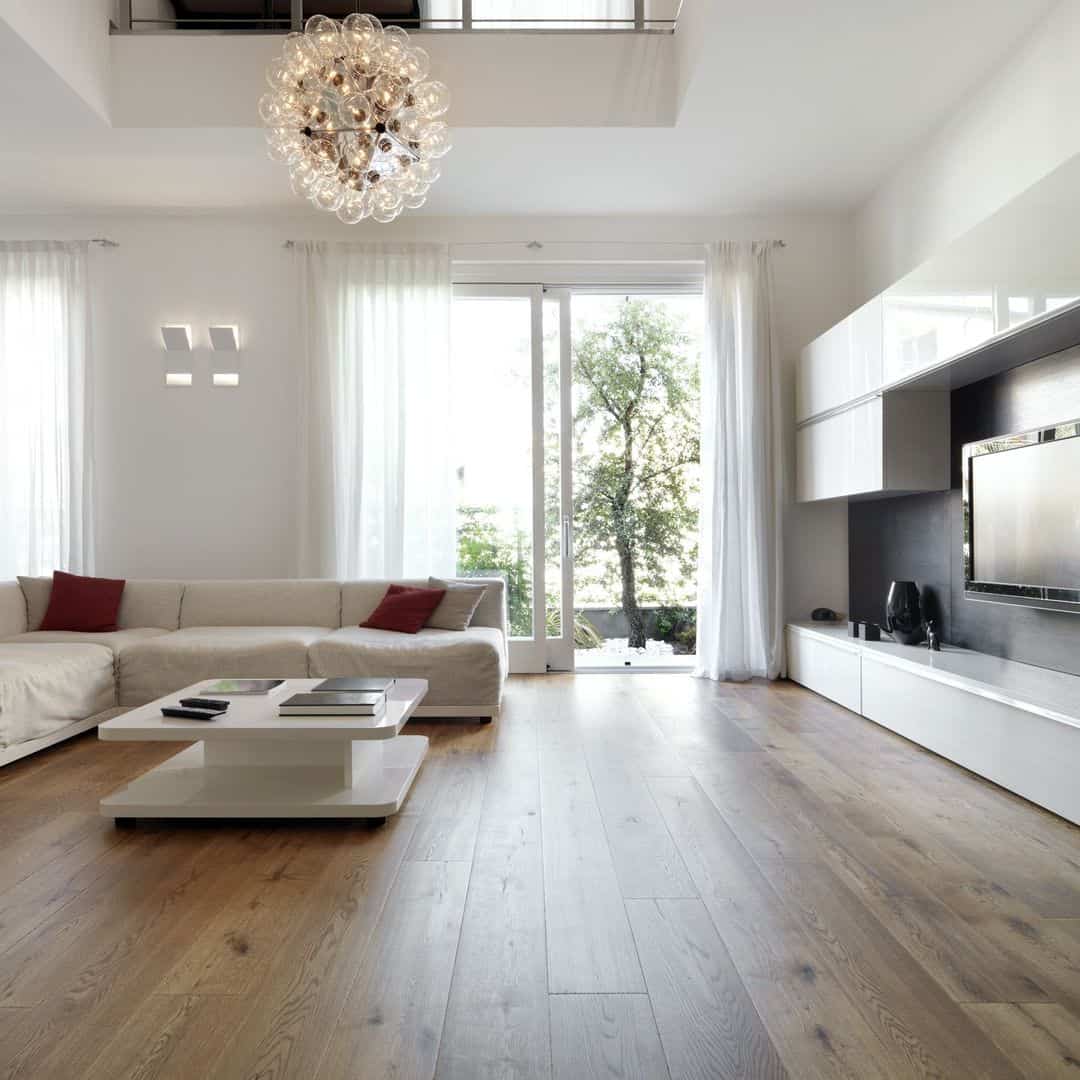
Alternatives to Sliding Glass Door Curtains
A sliding glass door allows a lot of light and air – and it can help improve the appearance of your home as well.
But in some instances, you may require more privacy. The good news is that you don’t have to limit yourself from curtain panels. There are many other alternatives, such as:
1. Vertical Blinds
As the name indicates, these blinds are oriented vertically, thus making them better for doors. They’re also easy to control in terms of lighting.
Furthermore, vertical blinds are highly durable. As such, they’re best used for covering patio doors and whatnot.
That being said, vertical blinds provide less privacy than horizontal ones. After all, they let light pass through easier.
2. Vertical Cellular Shades
If you have wider doors, you’ll likely need vertical cellular shades to cover the entire length.
They can let some light in – or prevent light from going in altogether. And since they feature honeycomb pockets, they can keep your room insulated.
Given these many benefits, it’s not surprising that cellular shades cost more than blinds. For comparison, blinds start at $350 – while the cost of shades is almost double (minimum $675.)
3. Plantation Shutters
These window coverings made with wood can be easily adjusted according to your preferred lighting or ventilation. They also help insulate your room and are effortless to clean and maintain.
Do note that plantation shutters may cost more than the other treatments in this list.
4. Sliding Panel Track Blinds
These blinds come with panels that overlap right over the glass doorway. They’re easy to use, for you only need to move the panel on a specific area (instead of the whole thing.)
They’re easy to maintain, too, as you can clean them with a microfiber cloth or duster.
Conclusion
In summary, you will need a minimum of two curtain panels to cover your traditional sliding glass door. However, if you have bigger doors, you will need about three to four curtain panels.
You can also use just one curtain panel, granted that you’re using traverse rods.
Do you have any more questions about sliding door draperies? Don’t hesitate to post a comment below!

